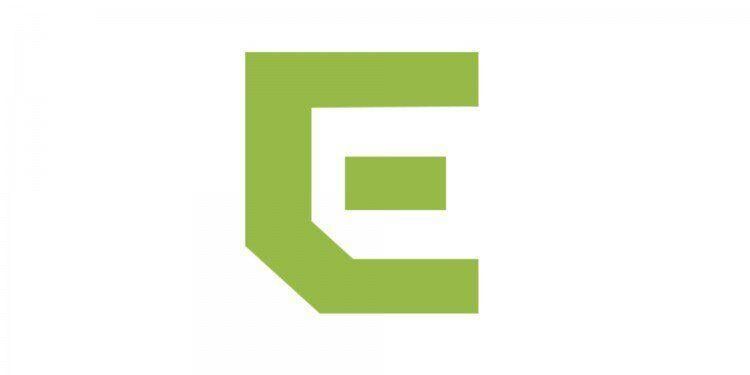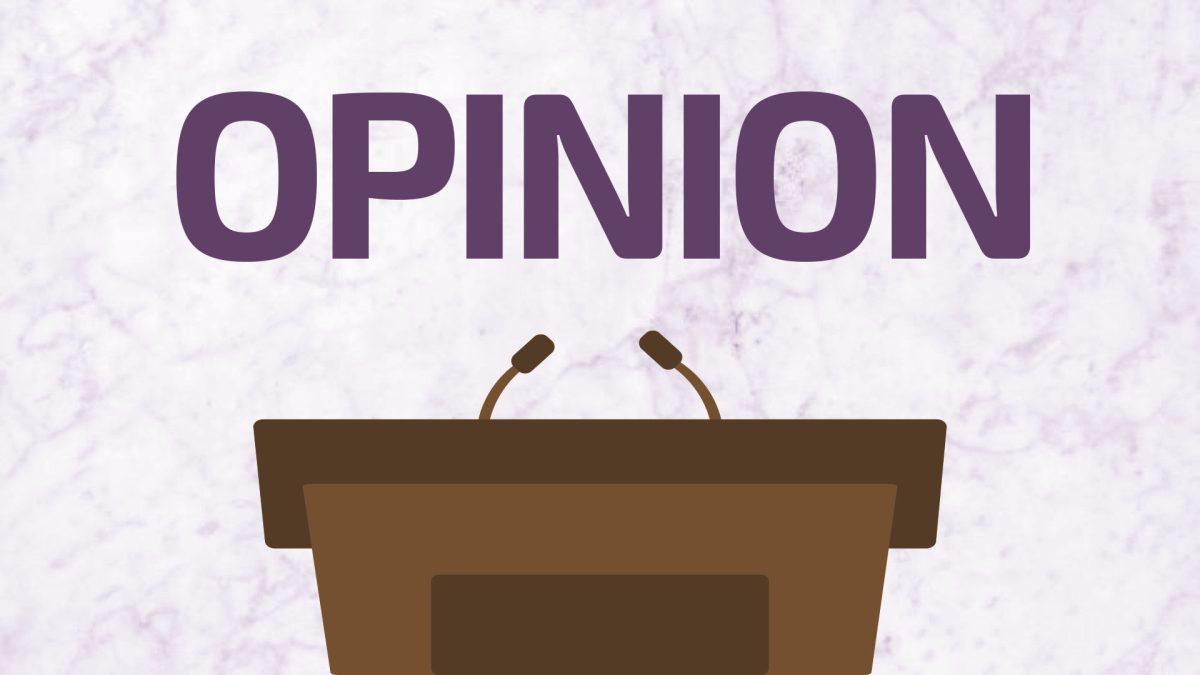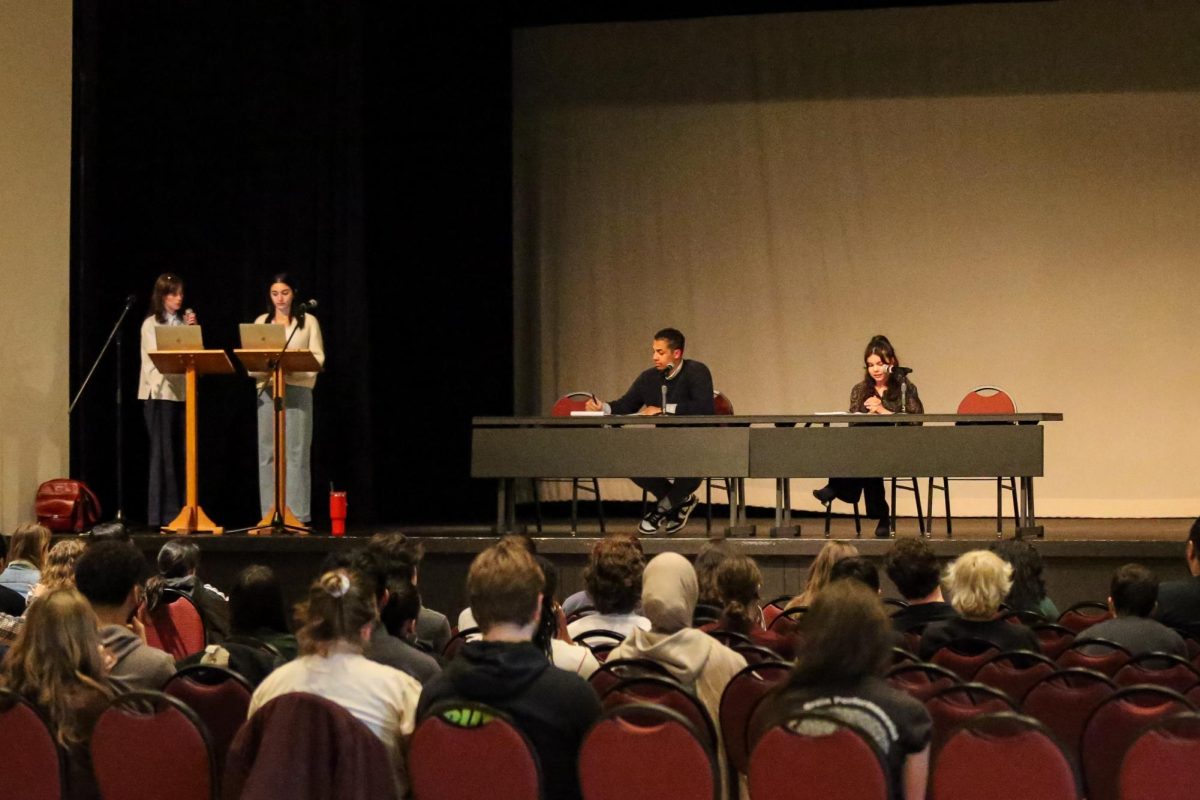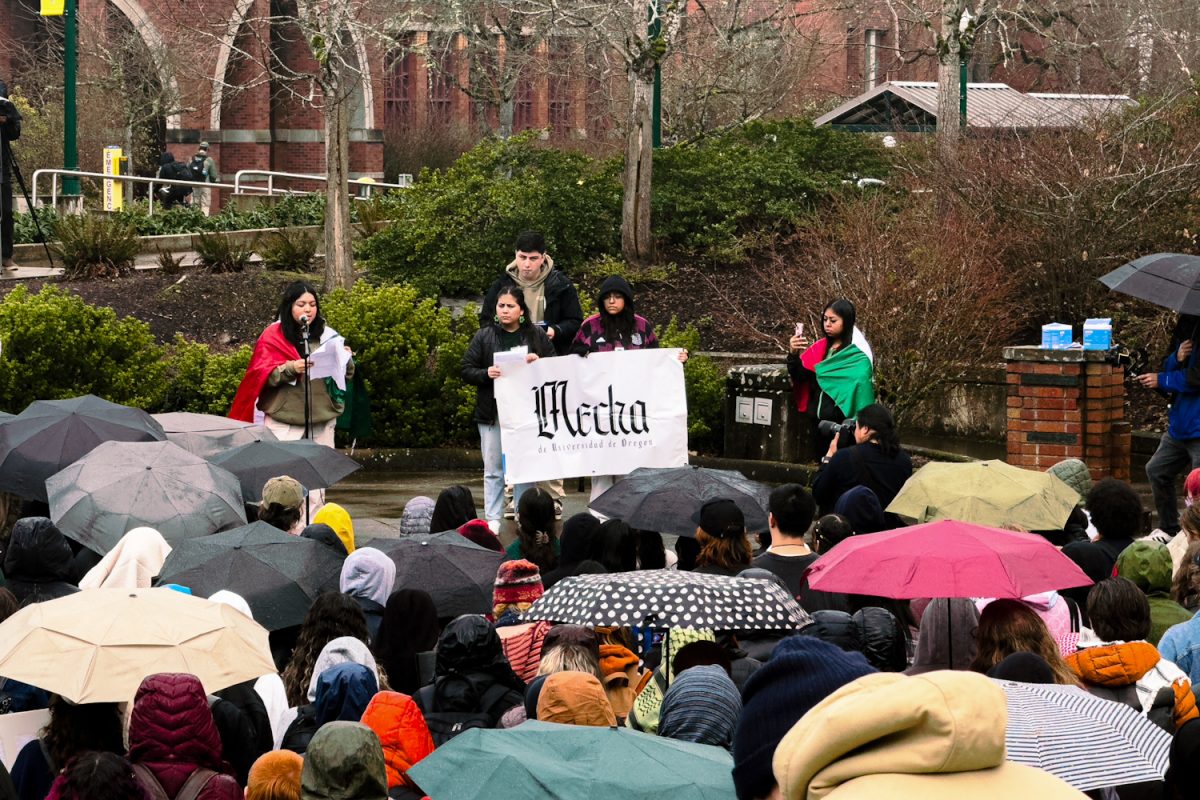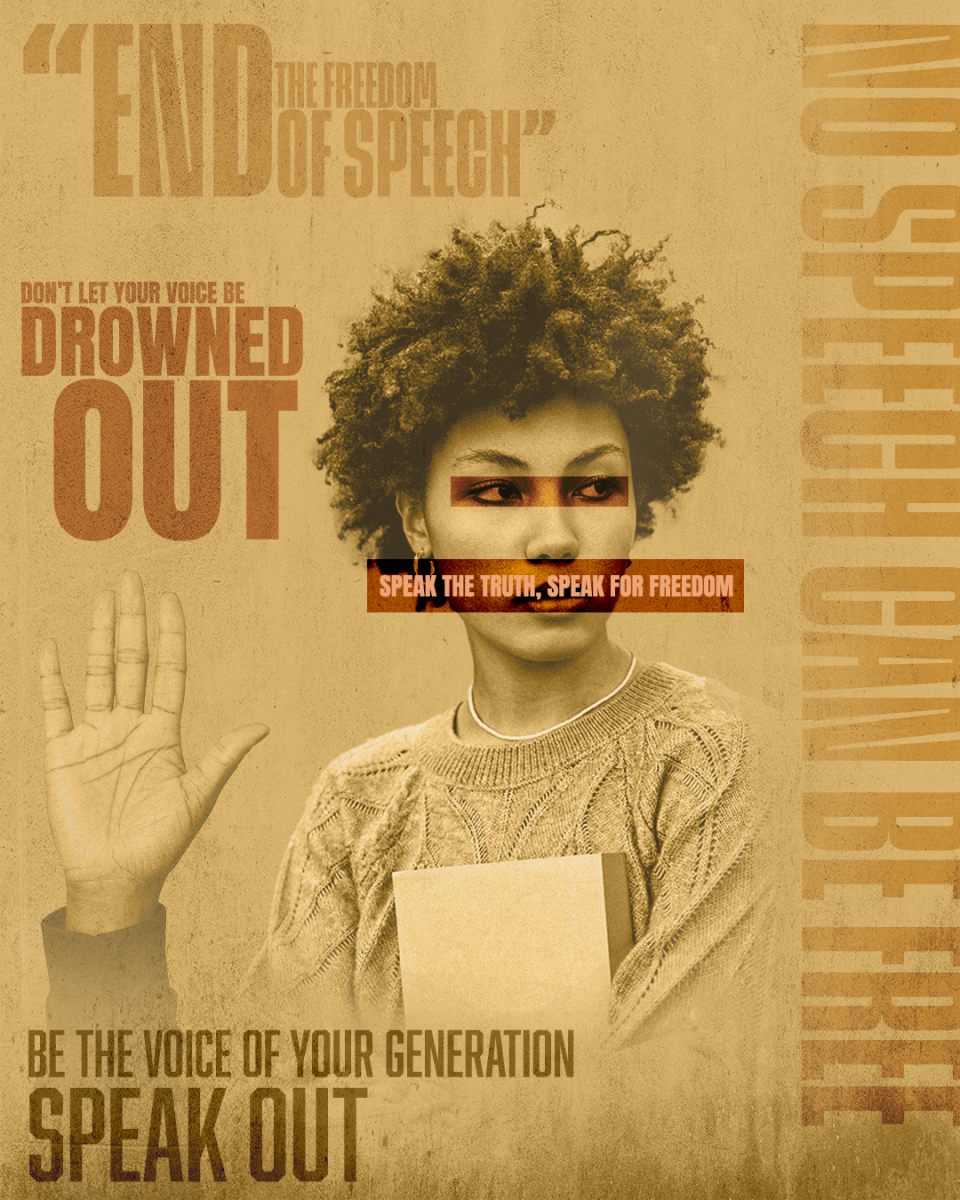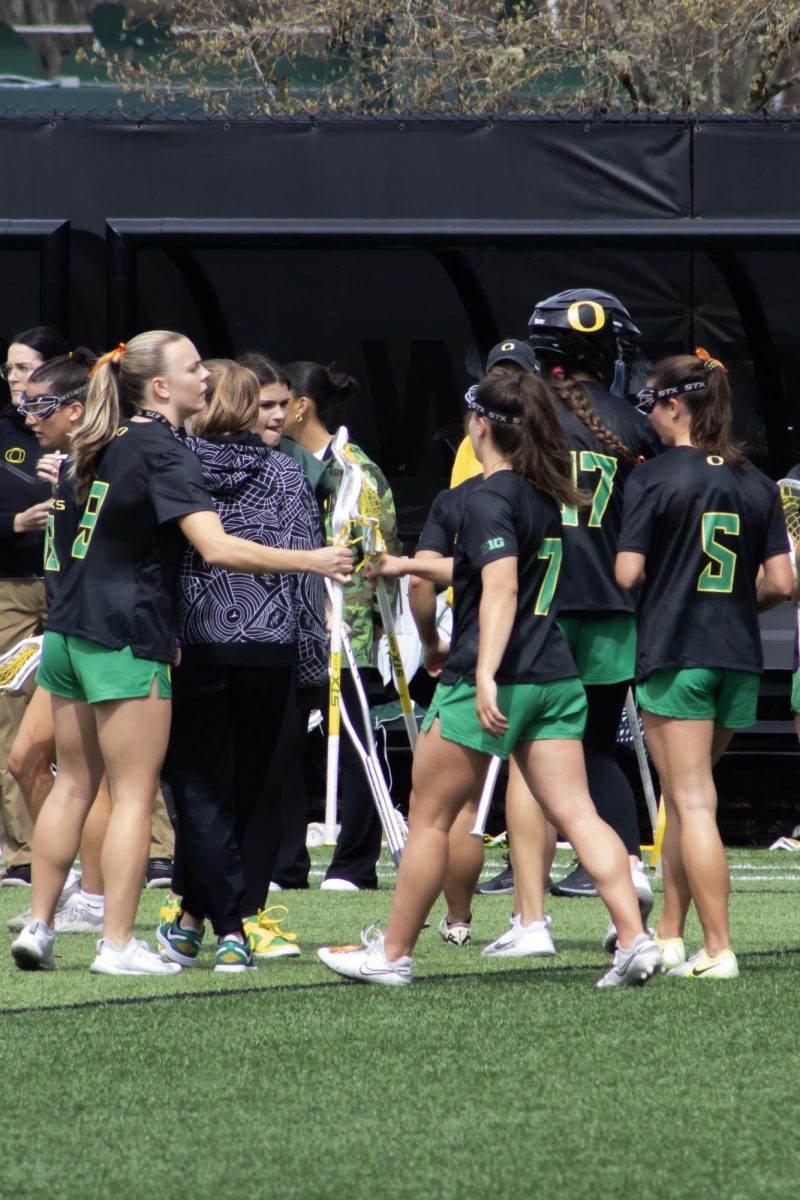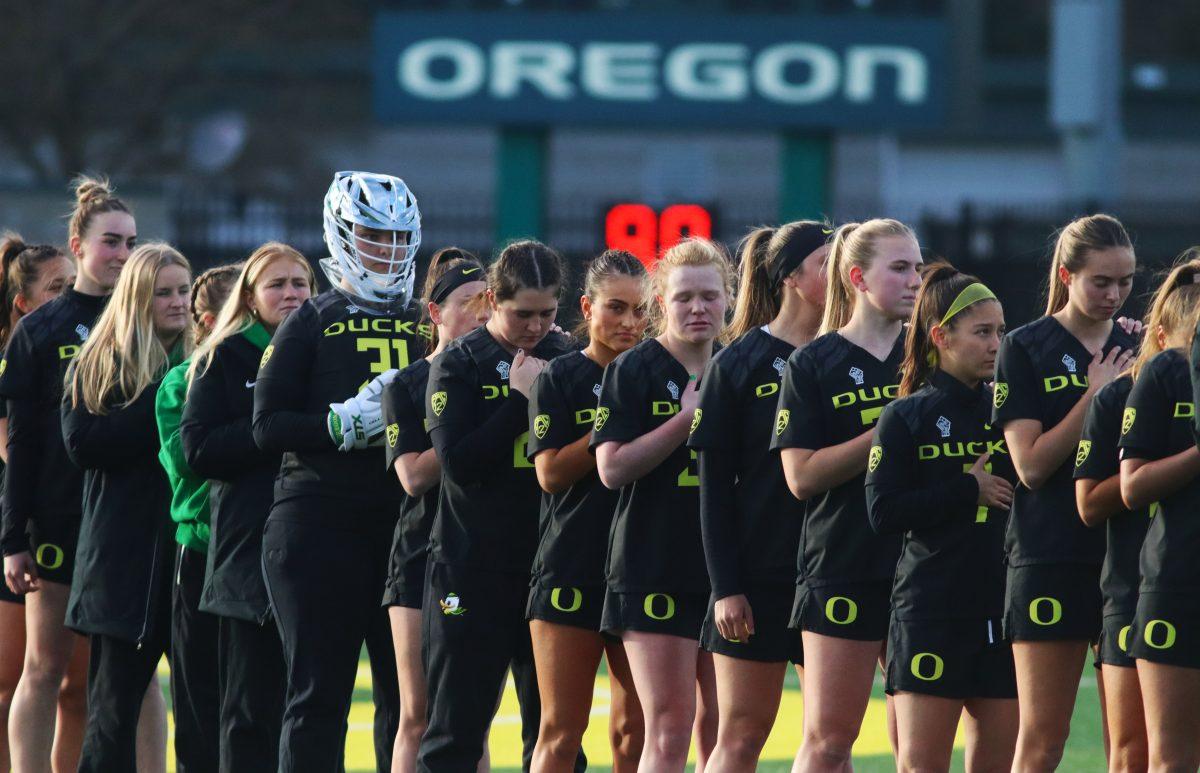This piece reflects the views of the author, Elias Roessler, and not those of Emerald Media Group. It has been edited by the Emerald for grammar and style. Send your columns or submissions about our content or campus issues to [email protected].
———-
The United Nations estimates that at least a billion people worldwide live with disabilities. While progress is being made in the disabled access movement, disabled voices are still absent from many discussions. Academia is one such place where this issue needs to be addressed. Despite being at the forefront of knowledge, universities are behind in providing accessible resources to students with disabilities. The goal of accessibility should include everyone, regardless of their abilities. This separation between academia and people with disabilities not only stands in the way of progress but is also a symptom of ableism that permeates society.
How do we define “accessible”?
Accessibility is a word used in a broad range of contexts from how easy it is to travel in a city to whether a building has ramps and elevators for wheelchair users. In an educational context, the goal of accessibility is to provide all students with a quality education regardless of the barriers they face. However, more than making information available is needed, as students also need to be able to understand and interact with the information. This is where accessibility comes in.
Commitment or coercion?
Thanks to the Americans with Disabilities Act and the Individuals with Disabilities in Education Act, colleges and universities are legally required to accommodate disabled students. However, these resources are often hard to access, and the responsibility is placed on students to request accommodations, decide what accommodations they need and inform professors that they need them in their classes. Students are given no preparation for Accessible Education Center meetings. Furthermore, when students know what they want, they will be asked to prove how the accommodations will help in addition to their extensive work just to get an appointment. This pattern of ableism is even more prevalent in STEM, where professors often express problematic beliefs and are unable or unwilling to adapt accommodations to their classes.
Many university websites lack essential accessibility tools such as alt text, high-contrast compatibility and text size options. University library websites are often the least accessible, with an average of 15.99 errors per website under the Web Content Accessibility Guidelines. This failure to meet basic accessibility guidelines, combined with the ableism displayed by professors, hinders all students, not just those with disabilities.
Opportunities for change: the promise of UDL
One way we can make academia more accessible is by implementing a Universal Design For Learning (UDL). UDL is a framework for education that provides students with various options for learning, making resources immediately available to everyone, regardless of their disability status. UDL recognizes that students need unique support to ensure their success. Even students who do not typically qualify for accommodations are given opportunities to access what are traditionally only given to students who qualify by law. UDL also motivates students by allowing them to choose their path through class materials, and its flexibility of UDL offers students opportunities to find parts of their classes that they are passionate about.
Where do we go now?
The principles of UDL are both an ethical obligation and necessary for future academic research. Academia has a history of ignoring the voices of marginalized communities. Things like race science, social Darwinism and many other atrocities have been allowed to happen partially because no one from the communities affected by these ideas was in a position to fight back. To ensure that we do not repeat these mistakes, we need to make accessibility the explicit goal of every institution. Some might argue that prioritizing accessibility for university students rather than providing for people with disabilities, whether in school or not, is not truly in the interest of accessibility. There is also the argument that implementing UDL on a large scale is too costly to be worth the benefits it provides. However, the claim that focusing on students in higher education is too narrow misses the bigger picture of how this fusion can revolutionize our approach to accessibility.
By ensuring that universities focus on accessibility, we can open doors for marginalized communities, improve the quality of research and promote diversity in scientific inquiry. The argument of scale is also misguided — once we begin to create more accessible materials, the impact will be far-reaching, and the benefits will extend beyond the academic realm. If academia stops at simply making information available rather than accessible, then it has failed in its mission. Knowledge must become available and accessible; otherwise, it will never truly be accessible to everyone.


